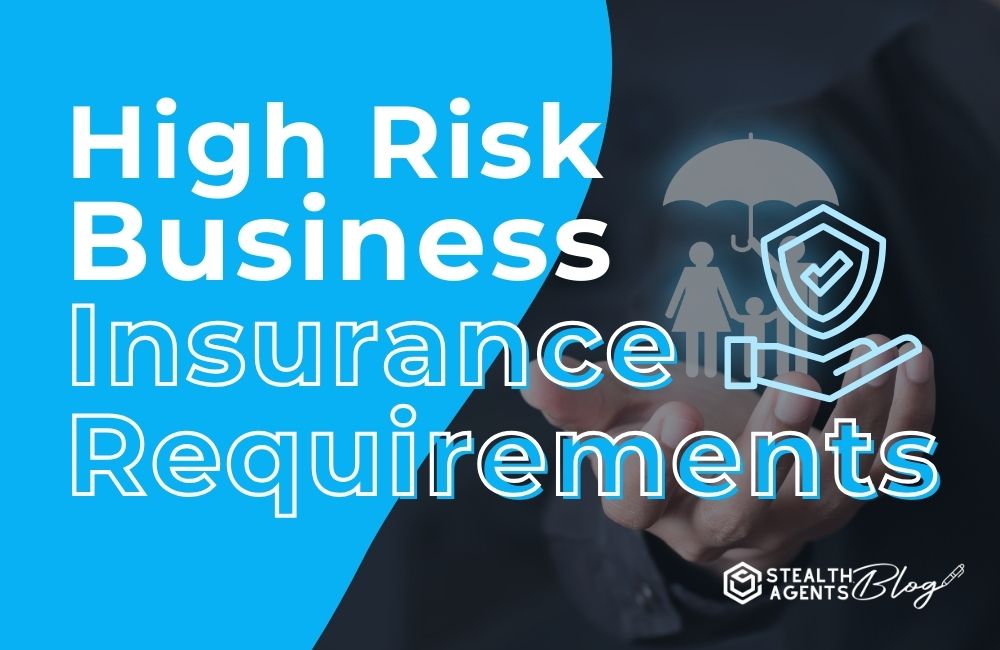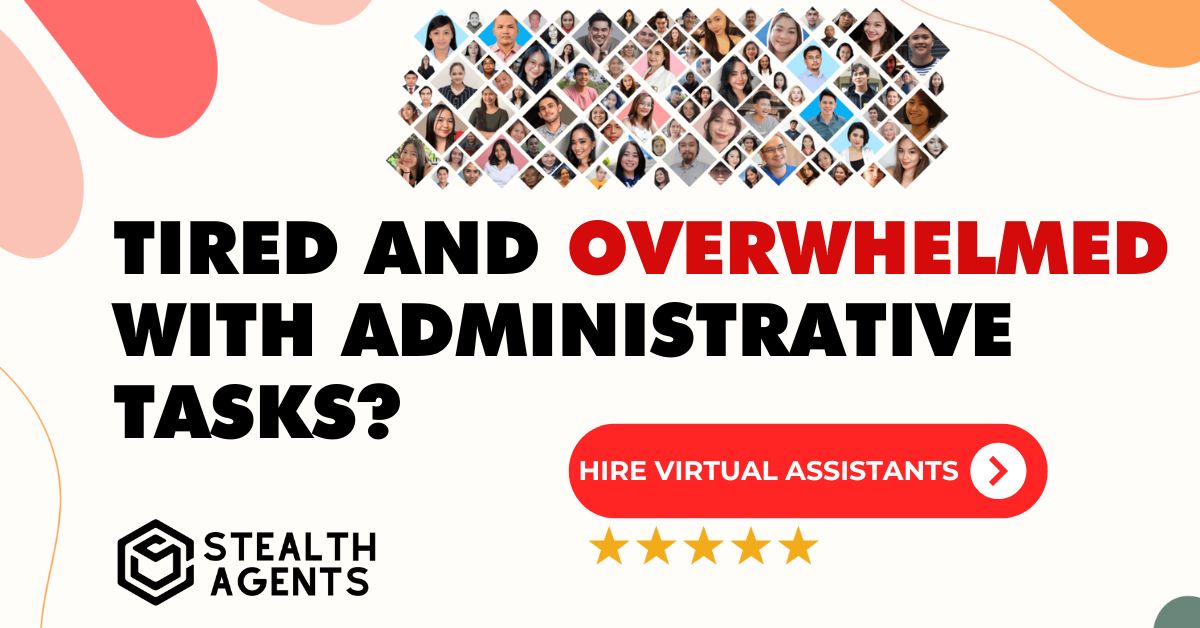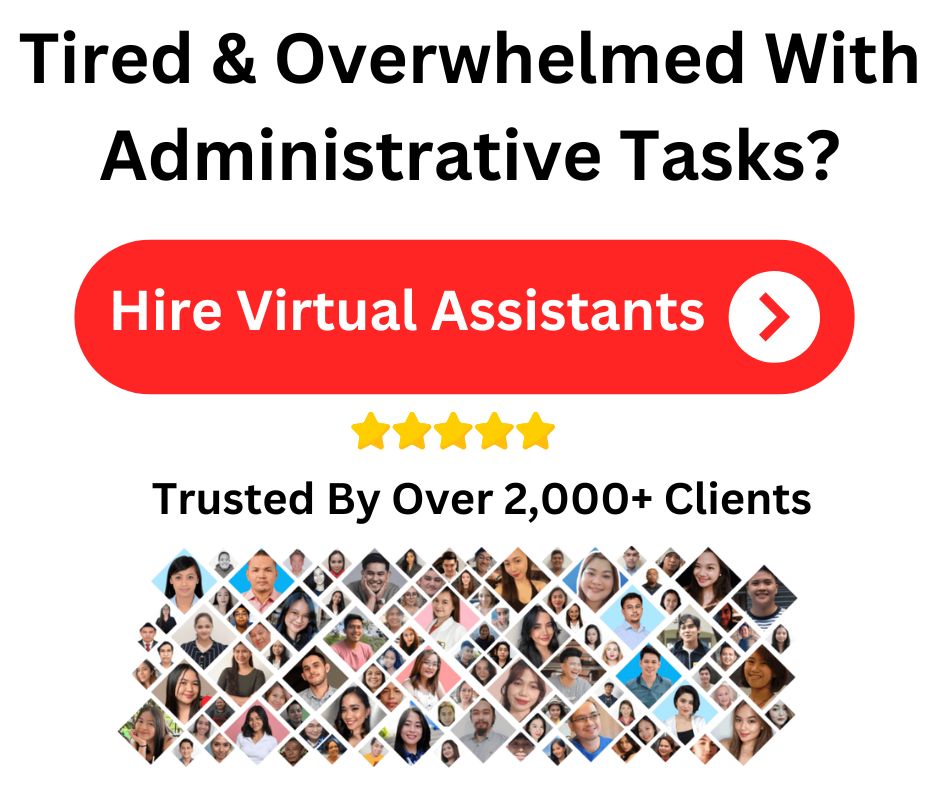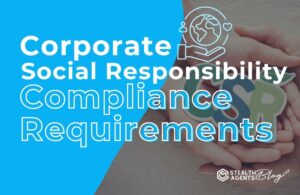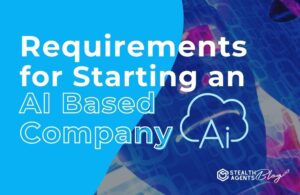Starting a new business is always a challenge, but when you’re venturing into a high-risk industry, those challenges multiply.
High-risk business insurance is essential for protecting your investments, your employees, and your peace of mind.
In this blog post, we’ll explore the unique insurance requirements for high-risk businesses and offer guidance on how to secure the right coverage.
Want to take back control of your busy schedule?
Let Stealth Agents’ virtual assistants handle the tasks while you focus on what matters.
Schedule an appointment today to learn our pricing options.
What is High-Risk Business Insurance?
High-risk business insurance is designed for companies that operate in sectors prone to higher rates of claims, accidents, and lawsuits.
Unlike standard business insurance, high-risk policies cover more extensive risks and often come with higher premiums.
Understanding the nuances between standard and high-risk insurance is crucial for entrepreneurs and high-risk industry owners.
Can a virtual assistant help with high-risk business insurance requirements?
Yes, an insurance virtual assistant can definitely help with high-risk business insurance requirements.
With advancements in technology and the rise of remote work, virtual assistants have become an essential tool for businesses of all kinds.
Virtual assistants are typically trained professionals who work remotely to assist individuals or businesses with various tasks.
They can handle administrative duties, customer service inquiries, scheduling, and more.
Industries Considered High-Risk
Certain industries are more likely to be classified as high-risk due to the nature of their operations. Here are some common examples:
*advertisement*
Tired & Overwhelmed With Administrative Tasks?
Hire A Top 1% Virtual Assistant From Stealth Agents!

Sign Up Below & Hire A Top 1% Virtual Assistant
Rated 4.7 Stars Serving Over 2,000+ Customers.
Hire Top 1% Virtual Assistants For $10-$15 Per Hour
Ask About Our 14 Day Trial!
*advertisement*
- Construction: With the physical demands and inherent dangers, construction businesses face risks from workplace injuries, property damage, and machinery failures.
- Healthcare: Medical professionals and healthcare facilities must contend with malpractice claims, patient injuries, and regulatory compliance issues.
- Technology: Cybersecurity threats, intellectual property disputes, and rapid technological changes make tech companies particularly vulnerable.
- Manufacturing: This sector deals with risks associated with machinery, production errors, and worker safety.
Specific Insurance Requirements for High-Risk Industries
Each high-risk industry has its own set of insurance requirements designed to cover the unique challenges they face. Here’s a breakdown:
Construction
- General Liability Insurance: Covers third-party injuries and property damage.
- Workers’ Compensation: Required to cover medical expenses and lost wages for injured workers.
- Builder’s Risk Insurance: Protects against damage to buildings under construction.
- Professional Liability Insurance: Covers errors in blueprints or engineering plans.
Healthcare
- Medical Malpractice Insurance: Covers claims from patient injuries or negligence.
- General Liability Insurance: Protects against bodily injury and property damage.
- Cyber Liability Insurance: Covers data breaches and patient information theft.
- Professional Liability Insurance: Provides coverage for errors or omissions in the medical services offered.
Technology
- Errors and Omissions Insurance: Covers mistakes in professional services or advice.
- Cyber Liability Insurance: Protects against cyber-attacks and data breaches.
- Intellectual Property Insurance: Covers legal expenses related to IP disputes.
- General Liability Insurance: Covers third-party injuries and property damage.
Manufacturing
- Product Liability Insurance: Covers injuries or damages caused by manufactured products.
- General Liability Insurance: Protects against third-party injuries and property damage.
- Workers’ Compensation: Covers costs associated with worker injuries.
- Equipment Breakdown Insurance: Covers repairs or replacements of damaged machinery.
The Importance of Risk Assessment and Management
Conducting a thorough risk assessment is vital for high-risk businesses to determine their specific insurance needs. This process involves identifying potential risks, evaluating the likelihood of those risks occurring, and implementing measures to mitigate them. Effective risk management can help reduce insurance premiums and ensure comprehensive coverage.
Finding the Right Insurance Provider and Policy
Hiring virtual assistants with the right insurance provider and policy tailored to your high-risk industry is crucial. Here are some tips to help you make an informed decision:
- Research Providers: Look for providers experienced in high-risk industries.
- Compare Policies: Assess multiple policies to find the best coverage options.
- Read Reviews: Look at customer reviews and testimonials for insights.
- Consult with Experts: Seek advice from insurance brokers or industry experts.
High-Profile Insurance Claims Examples
Understanding the impact of proper insurance coverage can be illustrated through high-profile claims:
- Construction: A contractor faced a $1 million lawsuit for property damage due to faulty construction. Proper general liability insurance covered the legal fees and settlement costs.
- Healthcare: A hospital experienced a significant data breach, exposing patient records. Cyber liability insurance covered the notification costs, credit monitoring, and legal expenses.
- Technology: A tech company was sued for patent infringement. Intellectual property insurance covered the legal defense costs and settlement fees.
Takeaways
Navigating the complexities of high-risk business insurance is essential for protecting your enterprise. By understanding specific industry requirements, conducting risk assessments, and choosing the right credit virtual assistant provider, you can ensure that your business is well-covered and prepared for any eventuality.


